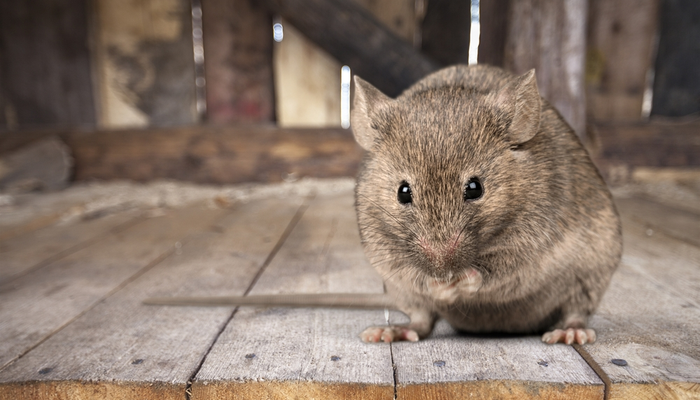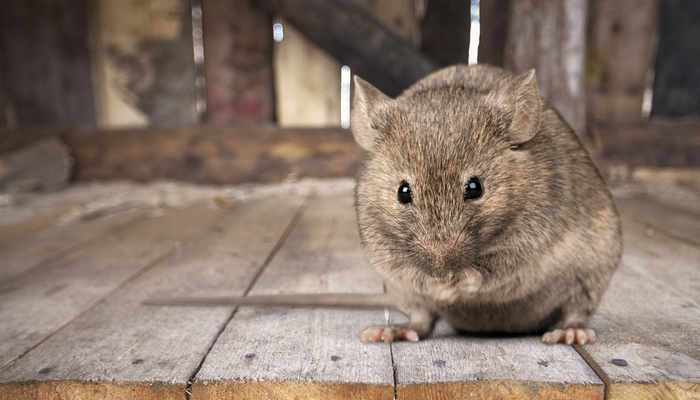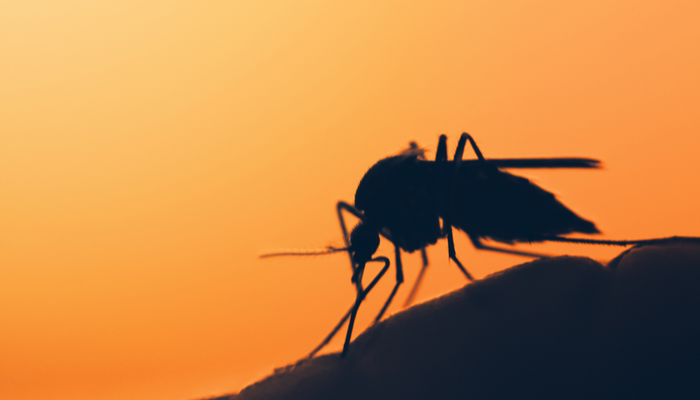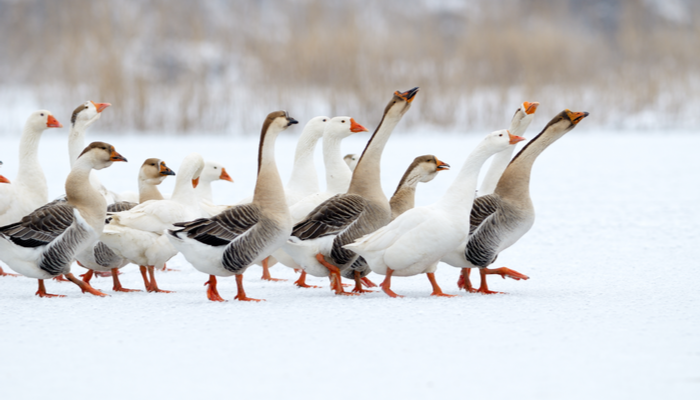
Ah June, reportedly named after the ancient Roman goddess of marriage, and the month the Romans believed was the most promising for weddings. We at BioStrata also believe June is a good month for a marriage—the marriage of science and scientist! All over the world, researchers are falling in love with new and exciting topics, and making vows to investigate them and only them, forsaking all other distractions, for better or worse, until death do they part (or until their funding runs out). Because this marriage can be a full-time commitment, we’ve hunted down the latest cutting-edge, curious, and comical scientific stories, so you don’t have to. Come with us now, as you are cordially invited to witness this academic union walk steadily down the aisle of progress.
A lot of buzz about nothing
The invention of zero was crucial for science. It paved the way for a complete revolution in thinking, and meant that negative numbers and decimal fractions could be used for the first time. For years, scientists had thought that this concept of ‘nothingness’ was only understood by an ultra-exclusive group of animals (humans, parrots and monkeys) and everything else was none the wiser.
But now scientists have demonstrated that bees know nothing too! In a study recently published in Science, the bees proved that they were familiar with the concepts of ‘less than’ and ‘greater than’ when landing on numbered elements and being rewarded for doing so. Even more impressively, they drew the concept of ‘less than’ to its logical conclusion and landed on elements that contained no numbered elements to get their reward! Un-bee-lievable!
Houston, we have a (bacterial) problem!
To prevent spacecraft contaminating other planets with Earth life (think less ‘planet of the apes’; more ‘globe of the microbe’), the cleanrooms at NASA are designed with a gauntlet of air filters, employees must wear face masks and overalls, and surfaces are regularly washed with industrial solvents. However, despite every precaution, bacteria have still been shown to survive in these environments.
Now, a new study from California State Polytechnic University has shown how. It seems a particularly hardy bacterial species called Acinetobacter has developed a taste for cleaning products! They can even be starved of all ordinary nutrients, and still thrive on a balanced diet of floor detergent and pure ethanol; meaning that any attempts to clean the area could actually make matters worse. In a nod to Jurassic Park’s Dr Ian Malcolm, one researcher was quoted as saying: “Life, uh, finds a way”.
Fab jab lets lab rat grab
Rats with spinal cord injuries have regained the use of their paws after being given a ground-breaking gene therapy. An injection of the enzyme chondroitinase was shown to break down scar tissue between severed nerves in the spinal column, allowing them to reconnect.
Tests showed that after two months of this therapy, the animals regained the dexterity needed to grab a small sugar ball from a platform. Whilst more animal studies will need to be performed before they even think of progressing this to human trials, ultimately this pioneering treatment could one day be used to help people with spinal injuries who have lost the ability to perform daily tasks.
Roboclot
Scientists at the University of California, San Diego have developed tiny ultrasound-powered robots that swim through blood. The bots are made of gold nanowires with a biological coating of clotted platelets and red blood cell membranes. This dual coating means that they behave like platelets when attaching to harmful bacteria, but can also neutralise toxins produced by the bacteria, just like red blood cells.
The bots are 25 times smaller than the width of a human hair and can travel 35 micrometres per second in blood when propelled by ultrasound. Right now, they are a proof-of-concept, but in the future these dinky droids could one day be a solution to detoxifying and decontaminating your biological fluids.
A gene-ius discovery
Brainy researchers have just identified over 1,000 new specific genes that are associated with intelligence. The genome-wide association study (GWAS) from Amsterdam’s Free University consisted of almost 270,000 participants, and the results may serve to further the understanding of the genetic makeup of cognitive ability.
Of the 1,016 specific genes identified, 939 of these were brand new discoveries. It was shown that mutations that were associated with intelligence may also be correlated with increased instances of autism, as well as living longer. However, as yet we don’t know the full implications of the study—a real brain teaser!
Want to keep up to date with the latest life science and marketing news? Then why not subscribe to our newsletter?




